When we go out into the great Aussie outdoors we go seeking a taste of untouched nature, and that brings with it interactions with the wildlife. We’re not talking about the ubiquitous flies or annoying mosquitoes, we’re talking about things which crawl, walk or fly, some of which are adorably cute, but others which can bite, and even try to eat us.
When viewed from just about anywhere else in the world outside the Amazon basin or the African veldt, Australia seems home to a frightening array of things which view the presence of humans with a malevolent eye and set about the process of trying to kill us. For those of us who live here that’s something of an exaggeration, if you discount the snakes and crocodiles, but nonetheless, we do need to exhibit a little care in the way we handle those wildlife experiences.
We won’t deal with spiders, sea creatures or stinging or biting insects, otherwise this article might balloon out to half the magazine’s pages.
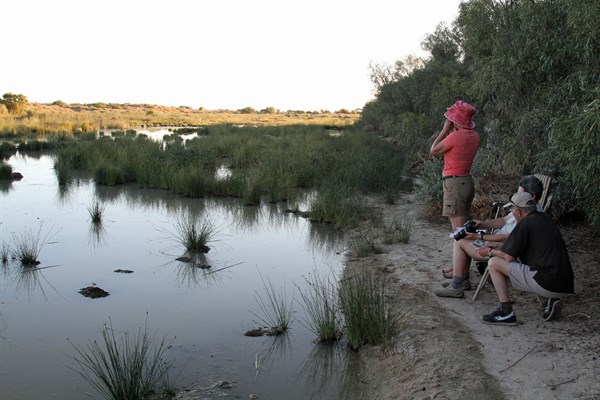


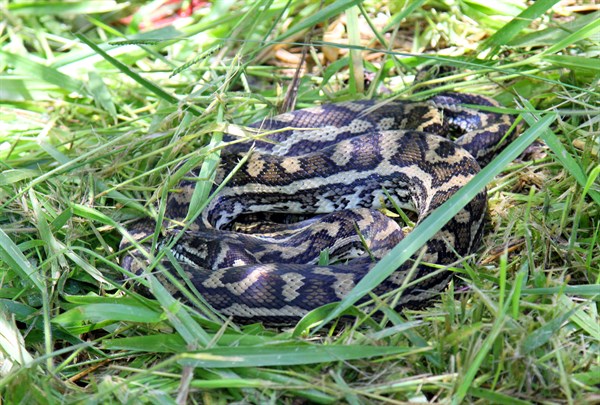
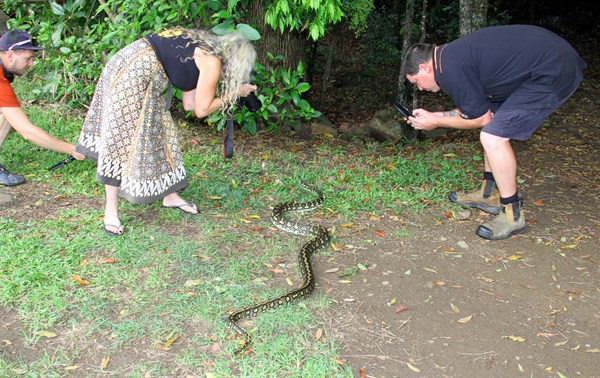
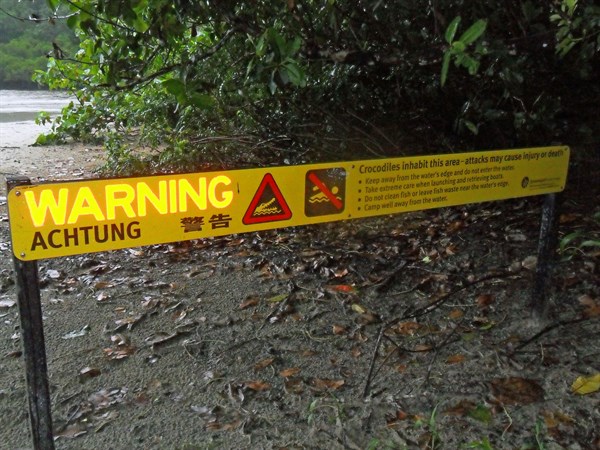
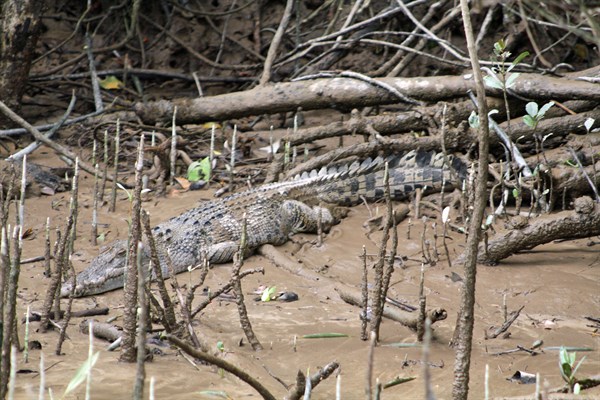
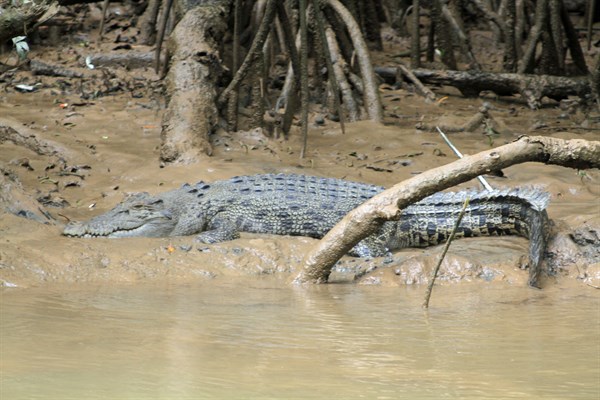
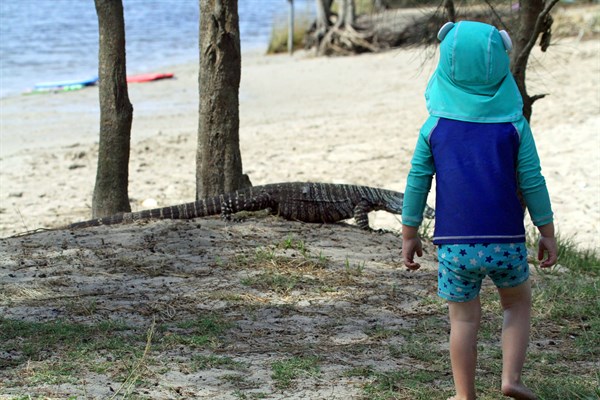
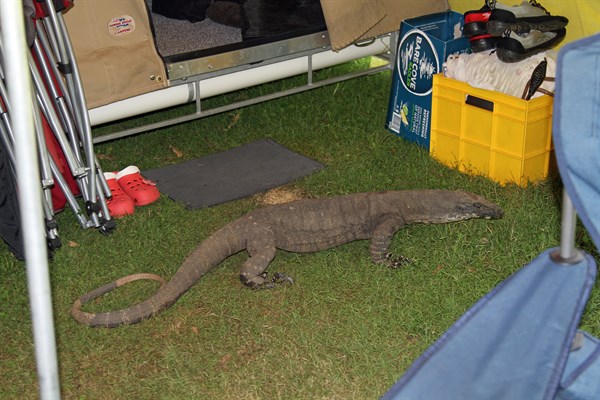
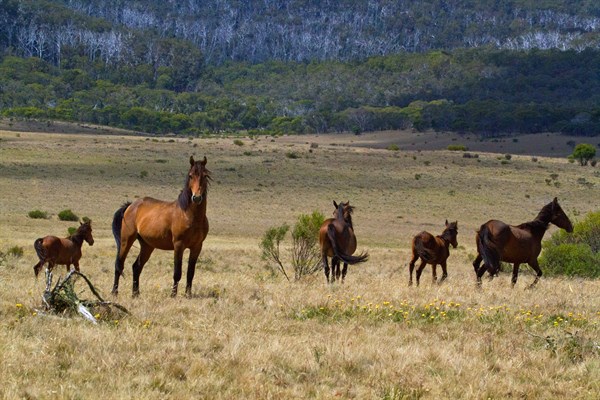
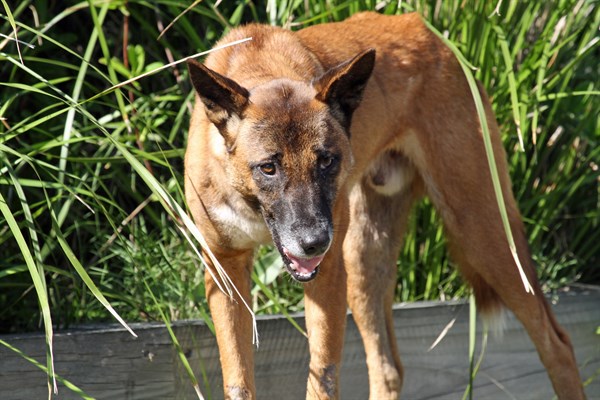
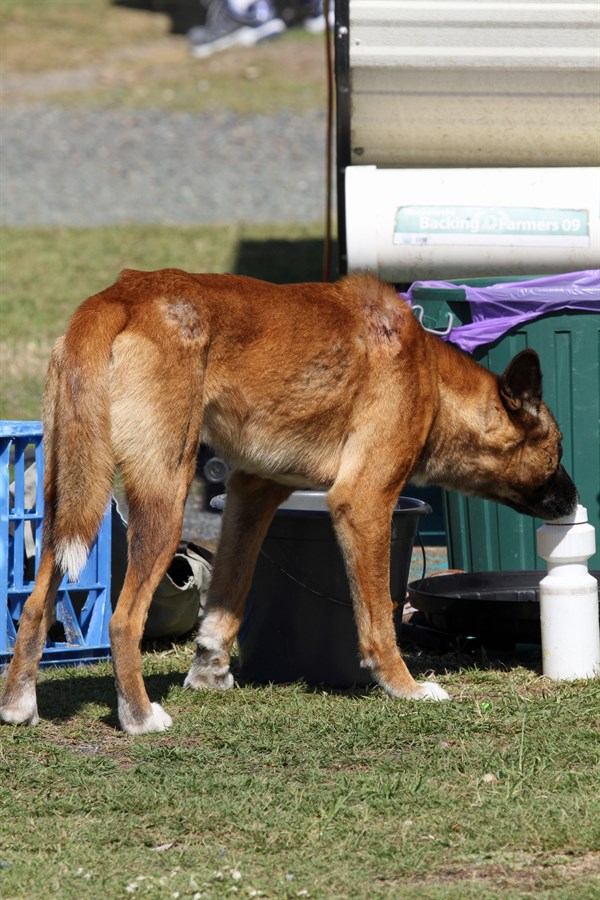
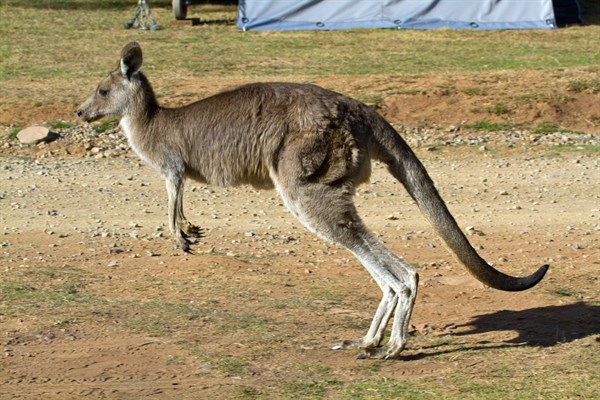
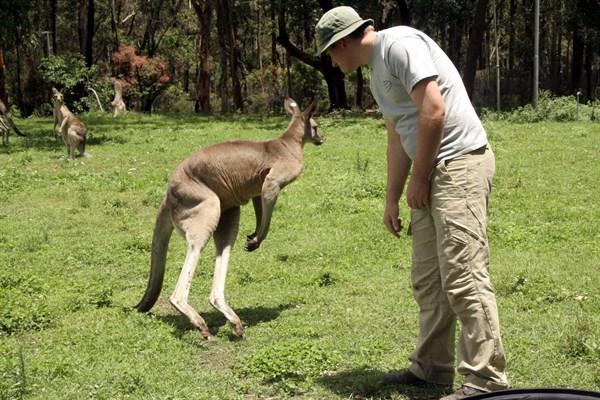
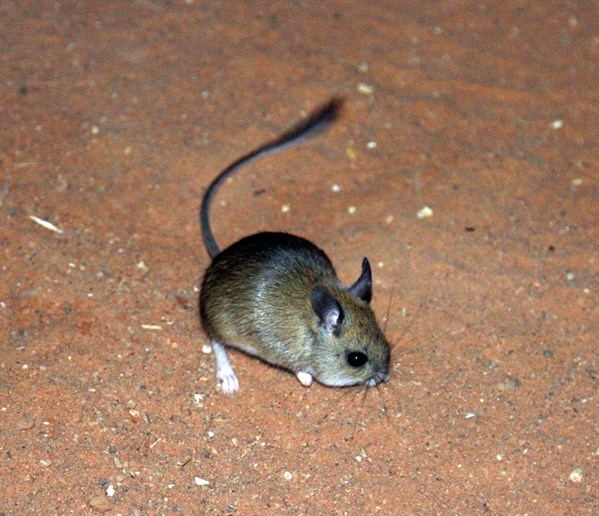
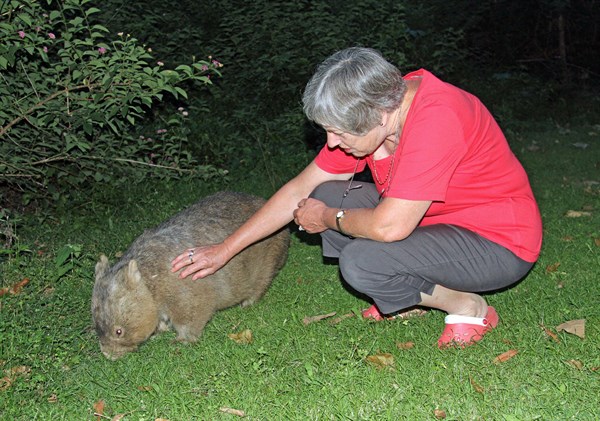

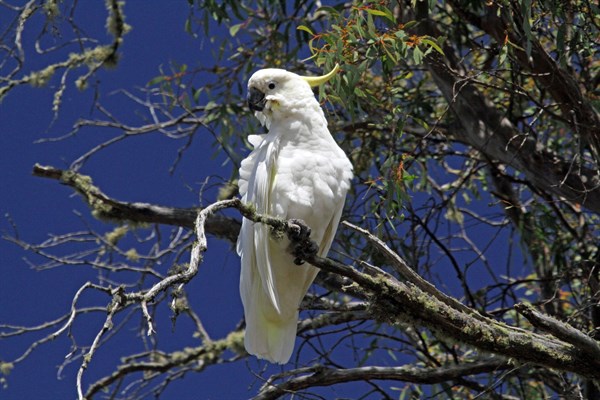
The most obvious danger is that of snakes, simply because they are a nation-wide danger, most especially in the warmer months. Snakes are ectothermic, which means they can’t regulate their own body temperature. During colder weather they become dormant and their metabolism slows right down. In early spring they emerge from their refuges to bask in the sun, on warm surfaces such as rocks or roadways or under warm materials such as sheets of galvanised iron or building material. In very hot weather they seek shelter out of the worst of the sun.
Though most of us avoid snakes or even regard them with dislike they are a significantly important part of the environment, acting as major brakes on pest animals such as rats and mice. The basic principle here is to avoid the dangers without hurting them in any way as they are protected. If you come across a snake do not attempt to catch or kill it, as they will defend themselves, especially if cornered, and this is when most bites occur.
Not all snakes are venomous but do not try to handle any snake, regardless of anybody’s assurance that it is safe to do so. Even non-venomous snakes can inflict a painful bite with their sharp teeth and are unlikely to be happy about being handled.
If moving around a camp, say, collecting firewood, make lots of noise as you go, which will often frighten away a snake, do not thrust your hand into a pile of wood, inside a hollow log or tree, under something like a sheet of bark, or into any holes or cracks in the ground. Step onto rather than over a log or rock as snakes will often lie close to such protection. Wear above the ankle boots and loose fitting long pants of a colour that contrasts with the environment so that snakes can see you coming and you do not surprise them. Keep children and pets close to you in scrubby areas, especially in spring and summer when animals can be seeking mates or shelter and can be more aggressive than at other times.
In tropical areas ensure any tent at ground level is zipped up at night as some snakes will seek the warmth of a tent and/or its occupants at night and you might well awake to an unwelcome bed partner.
CROCODILES
The only animal in Australia that’s likely to actually hunt you with a view to killing you is the saltwater or estuarine crocodile. These can grow as large as seven metres in length so use extreme cunning and stealth in tracking and capturing their victims and most attacks are likely to be fatal.
Estuarine crocodiles are likely to be found anywhere along Australia’s northern coast, and along streams and rivers up to the point where they can no longer swim. Generally waterfalls and similar obstructions stop their inland travels. Since becoming a protected species in 1974 crocodile numbers in Australia have increased greatly, and they have begun to re-inhabit areas which were once their domain. Sitings around major towns and cities have increased greatly, including even such large centres as Cairns.
The rules in crocodile country are simple: Stay out of the water if it’s possibly crocodile infested; do not return to the same spot or disturb the water on or along a stream or beach at a regular time; do not approach or tease a crocodile; do not camp within 50 metres of any body of water connected to the sea; and do not go out in small and unstable boats.
The popular habit of feeding large crocodiles from tourist boats has created a generation of animals which associate the sound of an outboard with food, and the encouragement to get them to jump out of the water may result in them attacking people in small boats.
The smaller Johnstone or freshwater crocodile which can grow up to 4m in length is not considered dangerous. They live in freshwater streams and billabongs in the tropics of WA, NT and Queensland and down to estuarine areas where they can live alongside saltwater crocs. If cornered or handled they may bite but will not freely attack you. The rule is simple: Leave them alone.
GO ANNA
Goannas of any species should be avoided in terms of approaching or handling them. They are a common pest, especially around regular camping areas, in most parts of Australia, and can achieve considerable size, up to 2m in length. Goannas will eat small animals and carrion but are generally reluctant to approach humans, unless there has been previous experience of feeding.
However, it is wise to keep small children and pets away from them, especially the larger types, such as perenties, and most certainly do not attack or attempt to handle them. They can rear up on their hind legs if cornered and deliver a very nasty bite. It is believed that goannas may have oral toxin-producing glands which can produce wounds that bleed profusely and are slow to heal.
Goannas will also defend themselves by violently swinging their tails, and such actions have been known to knock down children and pets. Even being near someone harassing a goanna can be dangerous as they can mistake a human for a tree and attempt to climb the person.
Keep food, especially strongly smelling meats such as pate, well covered and out of reach as they will make a dash into your circle, grab food and make a rush for safety, not something you want from a 2m reptile.
LARGE FERAL ANIMALS
Australia has large populations of wild horses and camels. Horses are large and can be dangerous, especially if they feel threatened. They have a hair trigger fight or flight function and will bite and kick out at intruders. They have a blind spot immediately in front and behind them and a sudden surprise appearance of anyone can produce an alarming response, especially if there are juveniles around. Even if you foolishly managed to establish some form of trust with food they have had and sharp feet which can inflict nasty injuries if they tread on you, or can crush you between two individuals.
Though camels tend to live in remote areas away from major population centres they can present a danger of approached. Like horses they can and will trample you and do bite, especially during mid-winter when they are breeding.
Water buffalo exist in the tropic north of Australia around sources of water. They generally avoid humans but will charge if they feel threatened and can trample and gore people, leading to serious injury or death. Leave them alone.
DINGOES
Dingoes will generally avoid human interactions, but if hungry they may approach camp sites and display threatening behaviour. If you feel threatened by a dingo stand still at your full height and fold your arms across your chest, face the dingo and calmly back away, or stand back to back if you are with another person, confidently call for help if the animal continues to appear threatening and wait until they have gone before continuing on your way. Do not run or wave your arms.
Never feed dingoes, which encourages aggression, keep an eye on small children and pets, do not run or jog when dingoes are about as it can excite aggressive behaviour, travel in groups and never leave food or rubbish (including soiled nappies, tampons, food spills, etc) and any other items with a strong smell (fishing tackle, boots and socks) openly, including spare wheel bags or inside tents or on top of vehicles. Always clean up your camp site immediately after cooking and meals, before going to bed or if leaving it for the day. Close all vehicle and van doors.
All these are precautions for dingoes which are familiar with human interaction, but are applicable if a dingo is starving and desperate.
KANGAROOS AND WALLABIES
Kangaroos and wallabies are the most frequently struck large animals in Australia. They are often seen in the afternoon, at dusk or dawn feeding around the fringes of our cities and towns and so we expect that they will have a similar familiarity with us in the bush. This isn’t always the case.
Large kangaroos can be very large indeed, with powerful chests and tails and capable of giving a life threatening kick if they feel threatened in any way. Large males are used to maintaining dominance in their group and if you are perceived as a threat they can attack. If attacked use a stick or similar object to keep the animal at a distance, or stay behind a fence or tree. Move away from the animal, but do not turn your back and run as it will easily outpace you and can attack with its hind legs while doing so. Turn side-on and use you arms to protect your face and body. A short, deep cough will signal to a male that you are not a threat, especially if you avoid eye contact and keep bent over.
FURRY MARSUPIALS
Australia’s many smaller furry marsupials – possums, bandicoots, marsupial mice, koalas, wombats – frequently interact with travellers. Possums are intelligent and quickly learn the use of cunning and guile to attempt to extract food. Do not feed them, and ensure camp sites are cleaned after eating and all food and rubbish locked out of reach. They will enter vans and campers seeking food, so keep doors shut. Possums are not aggressive but have very sharp claws and teeth if they feel threatened and they can carry mites and ticks as well as several bacterial infections which can be transmitted to humans.
Wombats likewise are not generally threatening in their behaviour but will attack on occasion. They can move at up to 40kmh and will bite and claw. Those familiar with humans are generally benign but approach with care.
The platypus is a very cautious animal and you are lucky if you get a glimpse of one in a stream in the early morning or late evening, but you are unlikely to get any closer. Its fellow monotreme, the echidna, however, is often found ambling through bushland. Its spines are not particularly sharp and it will simply either roll itself into a ball or attempt to dig into the ground if approached. Enjoy the encounter.
Koalas appear cute and cuddly but any attempt to handle them stresses the individual and they can be very aggressive, with very sharp claws, if provoked.
Small marsupials, such as marsupial mice, bandicoots, spotted quolls, gliders and the like are generally nocturnal and very wary of human contact. If you are lucky enough to see them simply enjoy the opportunity but leave them alone.
BIRDS
Australia is blessed with a large number of spectacular birds. It is best to avoid feeding them, as this usually poor nutrition can result in health issues for the animal. Most bird-human interactions are benign and happy occasions, though care should be taken with emus, which have one of the strongest kicks in the animal kingdom as well as powerful beaks. Cassowaries can be aggressive if they feel you are a threat to them or their chicks and will attack. If attacked by either an emu or cassowary back away, trying to keep a tree or backpack between you and the animal, or ascend the nearest climbable tree. They have short attention spans and will soon wander away.
You are unlikely to get too close to a wedge-tailed eagle or other large raptor and the rule, as with all birds, is simply to watch and enjoy.




